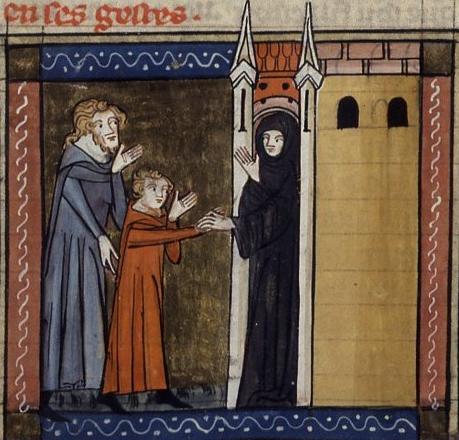
GASP! In our first few hours you vagestic, marvulvalous people have kindly donated over £900 to support our 2022 plans. Can we make it £1000 by the end of the day? justgiving.com/campaign/Vagin…
REMEMBER: the Cliterati Furry Cup is doubling your donations... it's a great time to support this little museum of cunnies and flanges!
TWO POUNDS WE ARE JUST TWO POUNDS SHY OF £1000!!!!!
WE'RE THERE! what a cunning stunt. please keep on supporting our campaign to help us realise our very vulval dreams in the new year
• • •
Missing some Tweet in this thread? You can try to
force a refresh






